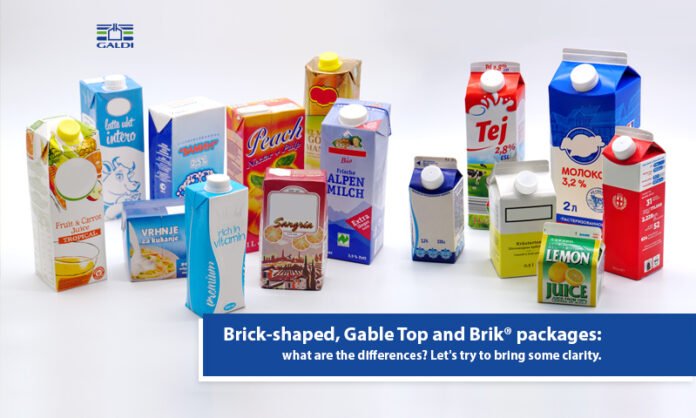As environmental concerns and sustainability become increasingly important, the concept of water in paper bottles has emerged as a groundbreaking innovation in packaging. This article explores the concept of water in paper bottles, its benefits, and its impact on the packaging industry.
Understanding Water in Paper Bottles
Water in paper bottles represents a significant shift from traditional plastic and glass packaging. The paper bottle is primarily made from paperboard, which is a renewable resource, and features a protective lining that ensures the water remains fresh and safe for consumption. This innovative packaging solution combines the functionality of traditional bottles with the environmental benefits of paper.
The construction of a paper bottle involves forming paperboard into the desired shape, applying a protective inner lining, and assembling the final product. This design allows paper bottles to offer similar functionality to plastic bottles while addressing sustainability concerns.
Benefits of Water in Paper Bottles
- Environmental Sustainability: One of the primary advantages of using paper bottles for water is their environmental sustainability. Paper is a renewable resource, and paper bottles are often recyclable and biodegradable. By reducing reliance on plastic, paper bottles help address issues related to plastic waste and pollution.
- Reduced Carbon Footprint: The production of paper bottles generally has a lower carbon footprint compared to plastic bottles. Paper production, especially when sourced from responsibly managed forests, involves fewer greenhouse gas emissions. This reduction in emissions contributes to a more sustainable packaging solution.
- Enhanced Consumer Appeal: Water in paper bottles offers a unique and appealing alternative to traditional packaging. The use of paper can enhance a brand’s image and appeal to environmentally conscious consumers. As sustainability becomes a key factor in consumer purchasing decisions, paper bottles offer a way for brands to align with these values.
- Versatility and Innovation: Paper bottles can be adapted for various types of beverages beyond water, including juices and plant-based drinks. This versatility makes them a promising option for a wide range of products. The innovative design of paper bottles also allows for creative branding opportunities and enhances the overall consumer experience.
Impact on the Packaging Industry
The introduction of water in paper bottles marks a significant development in the packaging industry. This shift from traditional plastic and glass packaging to paper-based solutions reflects a broader trend towards sustainability and environmental responsibility.
The adoption of paper bottles for water and other beverages represents a move towards reducing plastic waste and minimizing environmental impact. By offering a more sustainable alternative, paper bottles help address key environmental issues and support the industry’s efforts to create more eco-friendly packaging solutions.
Future Developments and Innovations
The paper water bottle industry is still evolving, and ongoing research and development are expected to drive further advancements. Future innovations may include improvements in barrier technology to enhance the shelf life and durability of paper bottles. Additionally, efforts to improve the recyclability and biodegradability of paper bottles will support their continued adoption and growth.
In conclusion, water in paper bottles represents a promising and sustainable alternative to traditional packaging. The benefits of using paper bottles for water, including environmental sustainability, reduced carbon footprint, and consumer appeal, highlight the potential of this innovative packaging solution to address current challenges and meet the demands of modern consumers.
